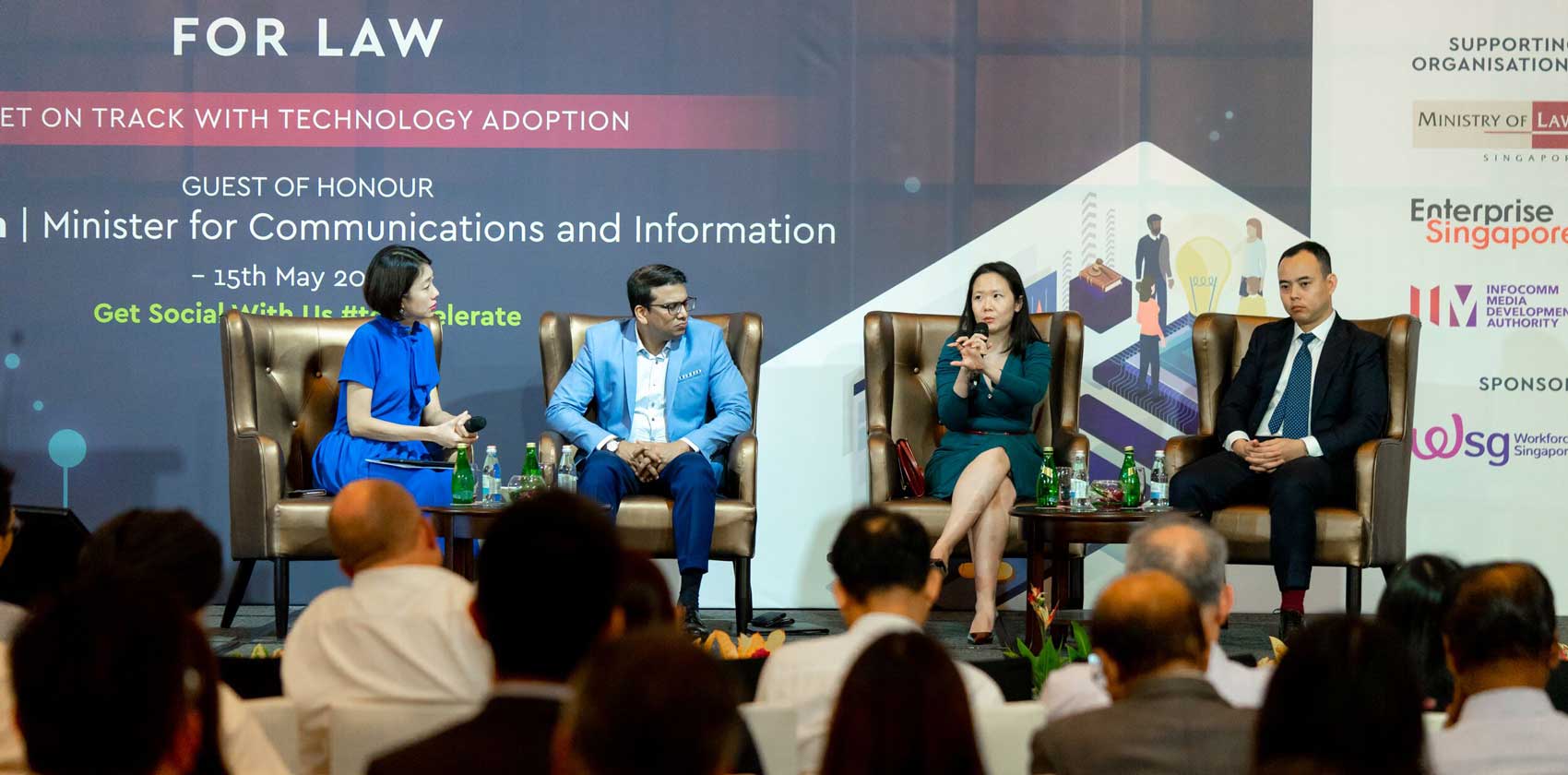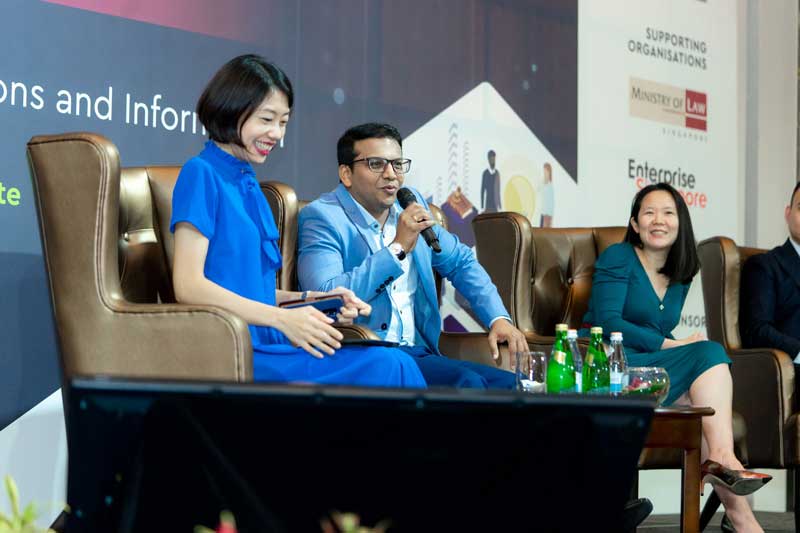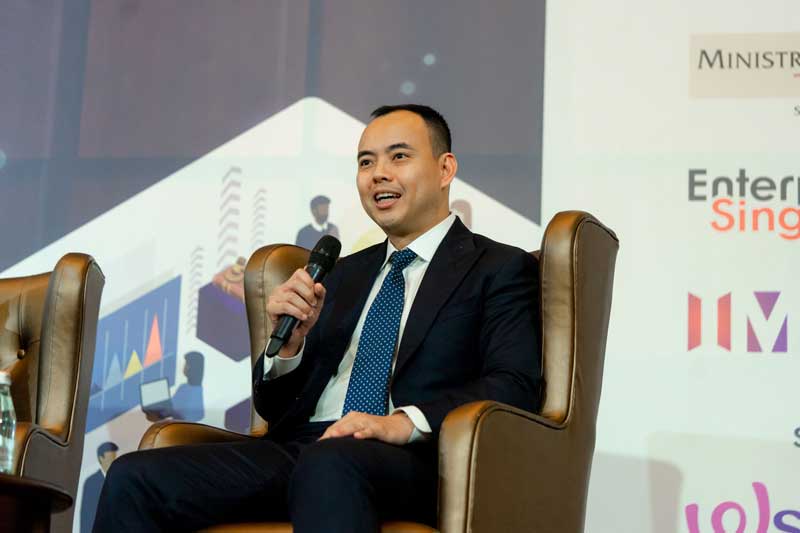
SmartLaw Journeys
How Three Small-Medium Firms Successfully Adopted Legal-Tech
Adopting legal technology can seem like a time-consuming and costly undertaking. In this article, lawyers from three small and medium firms detail their firm’s experiences with legal technology and share their insights into the adoption process.
For lawyers caught up in the whirlwind of activity that forms the day-to-day of legal practice, tried, tested (and low-tech) solutions can be a hugely attractive source of stability and predictability. Your pen and paper are far less likely to fail at a hearing than a laptop. And no matter how you view it, your time spent at that new software training session (or worse still, DIY troubleshooting the said software) could have been used to clock billable hours or pursue a business development opportunity. Your current set-up has its downsides, but it has served you well enough since you were a struggling junior. Why endure the ordeal of overhauling your firm’s information, practice and document management systems and learning something new from scratch?
This was the main question explored by legal practitioners at the Tech-celerate for Law conference’s “Sharing on Experiences with SmartLaw Firms – The SmartLaw Journey” panel discussion held on 15 May 2019. Led by the Law Society of Singapore’s CEO, Mrs Delphine Loo Tan, the SmartLaw Journey panel brought together practitioners from three law firms that had successfully integrated legal-tech solutions into their practice — Mr Shawn Chan of Altum Law Corporation, Mr Ramesh Bharani of RBN Chambers LLC, and Ms Wang Yingyu of Taylor Vinters Via — to share their firms’ legal-tech adoption journeys with fellow professionals.
While the panellists each had their different legal practices and profiles of work, it was clear from the discussion that they shared some common experiences. For example, there was unanimous agreement that prompt and comprehensive vendor support was critical to the successful adoption of a legal-tech solution. Good technical support helped minimise workflow disruptions caused by tech hiccups, and alleviated the major “pain point” of lawyers and support staff having to allocate time to learning new software. Financially, the generous subsidies from Tech Start for Law and other initiatives helped these firms overcome budget constraints and even gave the firms leeway to experiment with a variety of solutions to see what worked best for them.
Ultimately, it was clear that despite various teething problems, there were considerable benefits reaped by those who persisted with the legal-tech adoption process. Legal-tech clearly improved the quality of life for lawyers and staff alike by making their work-day more flexible and productive. Tellingly, all three panellists continued to use their preferred legal-tech solutions even after their grants expired!
For those who were unable to attend the conference, we share their legal-tech adoption journeys with you in detail below.

Mr Ramesh Bharani (centre)
RBN Chambers LLC (Mr Ramesh Bharani, Managing Director)
Panellist: Ramesh is the Managing Director of RBN Chambers LLC, a sole proprietorship specialising in commercial dispute resolution.
Legal-tech profile: As a dispute resolution firm, RBN Chambers needed solutions for practice management, document management and research. The firm had not adopted legal-tech solutions prior to enrolling in the Tech Start for Law and SmartLaw Assist programmes, as the firm did not know what solutions were available on the market. However, with the help of Tech Start for Law and SmartLaw Assist 2, the firm stepped out of its comfort zone and subscribed to CoreMatter (a practice management solution), NetDocuments (a cloud document management solution), ThomsonReuters eBooks, and Intelllex (a knowledge management solution).
While various technical difficulties were experienced during the on-boarding phase, these were resolved with the help of excellent on-demand technical support from the vendors. RBN Chambers continues to use legal-tech solutions such as CoreMatter and NetDocuments today and allots around 30 per cent of the firm’s budget to legal-tech.
Ramesh noted that while practice management and document management solutions were essential to his practice, the firm’s research needs were adequately covered by existing platforms such as Lawnet, LexisNexis, and Google. Going forward, e-discovery software capable of performing intelligent searches on documents would allow the firm to take on larger-scale litigation.
Legal-tech benefits: Legal-tech brought about greater efficiency in practice management and increased convenience, as documents could be accessed from anywhere.
Difficulties encountered: Ramesh observed that legal-tech adoption was a process that required the buy-in of both the law practice and its clients. If clients did not make use of the software’s features, the firm and clients would not realise the full benefits of the solution. For example, clients might still hand over hard-copies of documents to the firm instead of scanning and uploading them to a designated folder on the cloud document system, thereby increasing the volume of hard-copy documents that the firm had to handle.

Ms Wang Yingyu
Taylor Vinters Via (Ms Wang Yingyu, Director)
Panellist: Yingyu is a Director at Taylor Vinters Via, a medium-sized boutique firm focusing on both contentious and non-contentious TMT (Technology, Media and Telecommunications) and intellectual property work.
Legal-tech profile: Via was interested in adopting a new practice management solution from the time the firm was founded, as the practice management software in use at the time was user-unfriendly. As IP and technology companies are a key part of Via’s client base, being tech-ready is also part of its branding strategy. It was therefore important to seek out legal-tech solutions that would fit the firm’s needs and augment the capabilities of its lawyers.
In the beginning, Via started out with the Clio practice management software due to its ease of on-boarding, but moved on to other solutions as the firm’s needs evolved. Enabled by the generous subsidies from Tech Start for Law and other initiatives, Via continues to experiment with a variety of legal-tech solutions as it seeks to refine its legal-tech strategy. The firm is currently testing out Tessaract.io, another practice management solution.
Legal-tech benefits: Legal-tech is an important part of the firm’s branding, enables flexible working arrangements, streamlines work processes, and improves the overall quality of life of the firm’s lawyers and support staff. Legal-tech, even if expensive, can still lead to costs savings. For example, an electronic courtroom software named Opus 2 Magnum allowed the firm to take on a complex High Court case involving a few hundred thousands of pages of documents with only a two-lawyer team. Via used Opus 2 Magnum for this particular case despite the high costs of this software, as it still helped the client achieve overall costs savings.
Difficulties encountered: The on-boarding process and getting the whole firm’s buy-in for new solutions is always a challenge, even for a firm as familiar with the tech adoption process as Via. Integrating new solutions with pre-existing ones can be unexpectedly difficult as “legacy” problems may not be apparent until the on-boarding stage. Lastly, some of the more advanced software requires lawyers to acquire new skills, such as programming, before they can harness the software’s full potential. Lawyers could not find time to learn how to code document templates, but the firm did not have the budget to outsource the programming to a third-party.

Mr Shawn Chan
Altum Law Corporation (Mr Shawn Chan, Associate Director)
Panellist: Shawn is an Associate Director at Altum Law Corporation, a four-lawyer boutique corporate firm focusing on capital markets, mergers and acquisitions, private equity and corporate governance matters.
Legal-tech profile: Shawn became interested in exploring tech solutions for law practices after spending some time overseas, where he had the opportunity to learn about the legal-tech industry. Prior to Tech Start for Law and Smart Law Assist 2, the firm’s engagement with technology was limited to the suite of Microsoft Office products. However, the grant monies enabled the firm to adopt legal-tech solutions such as Corematter, NetDocuments, Westlaw, and Litera Microsystems, the latter of which Shawn describes as his “third arm”.
Given the size of the firm, it was not difficult to obtain buy-in from everyone. Since the firm was adopting legal-tech solutions from scratch, there were no integration and/or legacy software problems faced. Altum continues to use legal-tech solutions today and regularly reviews the feasibility of its adopted solutions.
Legal-tech benefits: Firstly, advanced solutions such as Litera Microsystems (a contract review software) could automate routine but important tasks, leading to an increased quality of life for lawyers and costs savings that can be passed on to clients. Shawn shared how he was able to use Litera Microsystems to complete a reference checking task at 1.00am in 15 minutes. Without this software, the associate on the file would have had to stay back another 45 minutes to complete the task in the early hours of the morning. The software was accurate and fast (no matter what time of the day), and lawyers could get some much-needed rest.
Legal databases also enabled the firm to take on more complex work and move into new areas, as the lawyers could gain specialised knowledge in a shorter amount of time, thereby making novel assignments possible. Going forward, contract review solutions could enable the firm to get involved in mergers and acquisitions transactions requiring large-scale due diligence.
Clients also benefited. Legal-tech allowed clients more flexibility in giving instructions to the firm. For listed company clients who had to meet their disclosure and other compliance obligations, Contract Express was used to develop interactive questionnaires that made it easy for clients to provide the firm with the required information at their convenience. The interactive questionnaire sieved out irrelevant information and clients did not have to go through the hassle of printing out PDFs, filling out the hard-copies manually, and scanning soft-copies back to the firm. Any time-cost savings could also be passed on to clients.
Difficulties encountered: Like Yingyu, Shawn faced the problem of having to devote time to learning software features to make full use of its capabilities. For example, Contract Express requires basic programming skills to draft precedent templates, which lawyers at the firm are still in the process of learning.
Conclusion
We should not shy away from the reality that the legal-tech adoption journey is one that takes time, effort, and patience. However, it is clear from experiences shared during the SmartLaw Journey panel at the Tech-celerate for Law conference that legal-tech adoption is worth the while. The journey also need not be a lonely one: law firms will be embarking on their journeys with the support of fellow practitioners and the Law Society.






